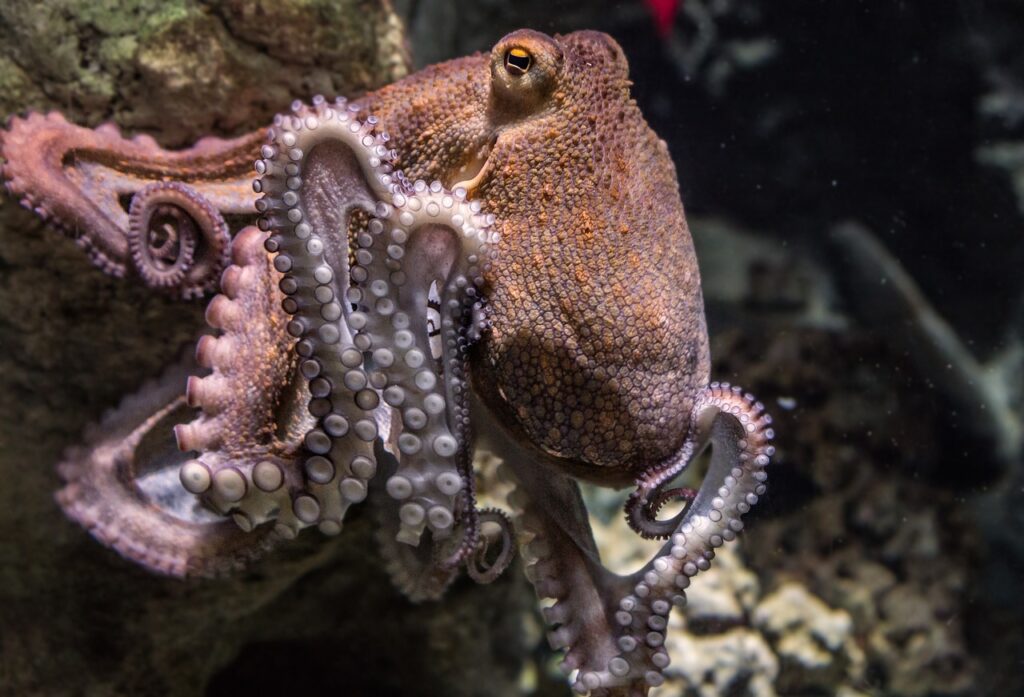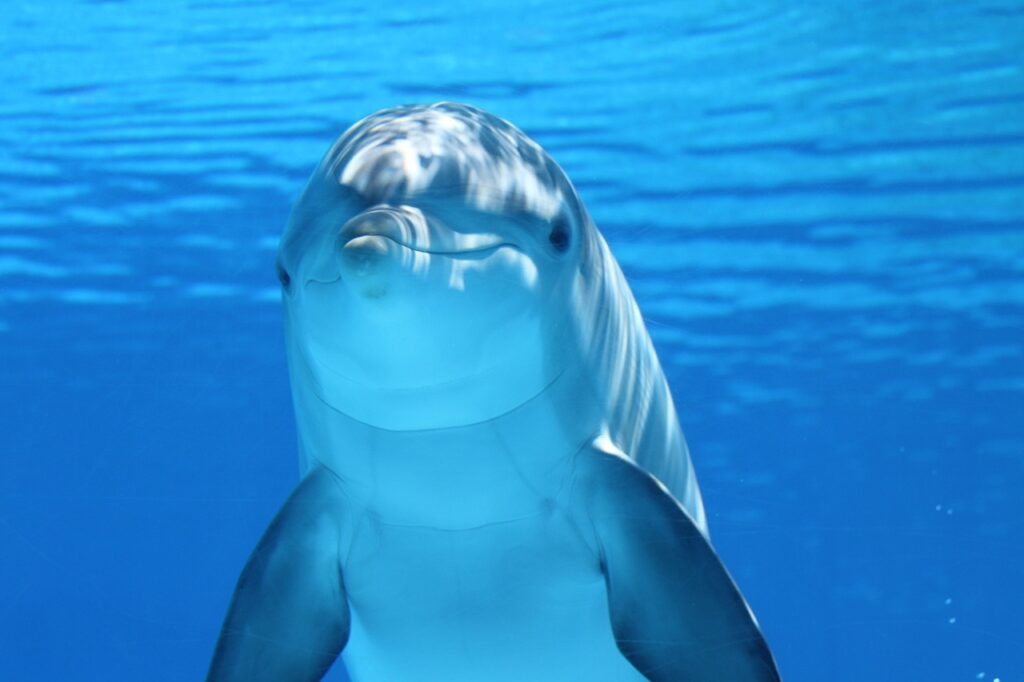One of the birds which occurs in this area, is the Little Egret (Egretta Garzetta). It’s a kind of small heron in the family Ardeidae. It is a white bird with a slender black beak, long black legs and, in the western race, yellow feet. The adult little egret is 55–65 cm long with an 88–106 cm wingspan, and weighs 350–550 g. You can find it near the shallow water or land. We’ve met it on the boat in the Murano, Venice. Little Egret is a migratory spieces. In warmer locations, most birds are permanent residents. Northern populations, including many European birds, migrate to Africa and southern Asia to over-winter there. Little egrets are sociable birds and are often seen in small flocks. Nevertheless, individual birds do not tolerate others coming too close to their chosen feeding site, though this depends on the abundance of prey. They use a variety of methods to procure their food. They stalk their prey near shallow water, often running with raised wings or shuffling their feet to disturb small fish, or may stand still and wait to ambush prey. Little Egret has been a protected species since 1950.

Another animal that we have encountered, is the European hearing gull (Larus argentatus). It’s a spieces of a large gull in the family Laridae. We’ve had an opportunity to see a young individual and an adult gull with yellow legs in Venice. The behaviour of these gulls on the island is truly specific. They don’t really focus on fishes or other marine creatures. Seagulls prefer to steal food from tourists, because it’s just easier.
We actually met two spieces of Laridae family. Another one is The Black Headed Gull (Chroicocephalus ridibundus). It’s a small gull that breeds in much of the Europe. Most of the population is migratory and winters further south, but some birds reside in the milder westernmost areas of Europe. We’ve met it on the Murano island. An interesting fact is, the Black Headed Gull stands out with its voice. When they give a rapid series of “kek” calls you can hear like they are laughing.



On the streets of Venice you can meet some really common birds which can be found literally everywhere. These are pigeons. No one knows for sure how many pigeons live in Venice’s 2.5 square-miles area, but the city estimates 40,000. About one-third of them pass through St. Mark’s Square on any given day, Scattolin said. Five of them perched one sunny afternoon on Constanta Aurel’s outstretched arms, three on the right and two on the left. For more than two decades, Venice has been trying to protect its walls from damage inflicted by pigeons. Back in 1997, the municipality decided to prohibit the feeding of pigeons in order to help maintain the cleanliness of all the surfaces that contribute to the city’s splendor with a fine of 500 euros for those breaking the rule. Although the original law treated Piazza San Marco as an exception, pigeons have turned out to be a plague on Venice that the ban was extended to include this area in 2008.
Now we are moving on to some more interesting animals, like crustaceans and molluscs. Venice area has a lot of crabs and clams. The sad side of our trip is that we haven’t met any crabs. But we have seen colonies of clams. They live in both freshwater and marine environments. In salt water they prefer to burrow down into the mud or colonize on the logs of wood. Clams are used in the culinary usage. Clams are commonly eaten marine bivalves, as in clam digging and the resulting soup, clam chowder.


In the canals of Venice’s water you can also see cephalopods. It’s a family of octopus, squid or cuttlefish. These animals are very specific that’s why they’re worth talking about. In this area you can taste some food made from octopus in restaurants like “Bistrot de Venise” or “Il Paradiso Perduto”. The octopus is an animal with soft body and eight limbs. It has three hearts. It defends itself by expulsion of ink, the use of camouflage and threat displays, the ability to jet quickly through the water and hide, and even deceit. All octopuses are venomous, but only the blue-ringed octopuses are known to be deadly to humans. For Fun fact, Octopuses in Venice started to spend more time on the walls of buildings next to the canals. I don’t really know if it’s something annoying for the inhabitants of Venice, but for me it would be a really odd thing.

We have prepared a really fascinating fact from the mammal world! It’s actually about dolphins in Venice. Dolphins are one of the most weird mammals you can ever meet. They’re really intelligent animals and what makes them stand out from the others is being aquatic mammals. My opinion on this animals is that they are amazing. I love to talk about them. Anyway, back to the topic of Venice. They have been seen swimming into one of the canals. Their visit was paid when the city was in another lockdown as Italy battled the third wave of Covid-19. The rescue mission for dolphins took two and a half hours. The CERT team – led by professor Sandro Mazzariol – coordinated nine boats of the Venice authorities into a chain, trying to steer the animals towards the Lido, Venice’s long strip of beach, and a point where the Venetian lagoon meets the Adriatic Sea. Eventually, with other traffic redirected, the “chain” worked, and the dolphins turned their backs on St Mark’s Square, towards the Lido. After that people sighteded these animals three times. They didn’t go back towards the Grand Canal, so hopefully they had taken the right direction.

